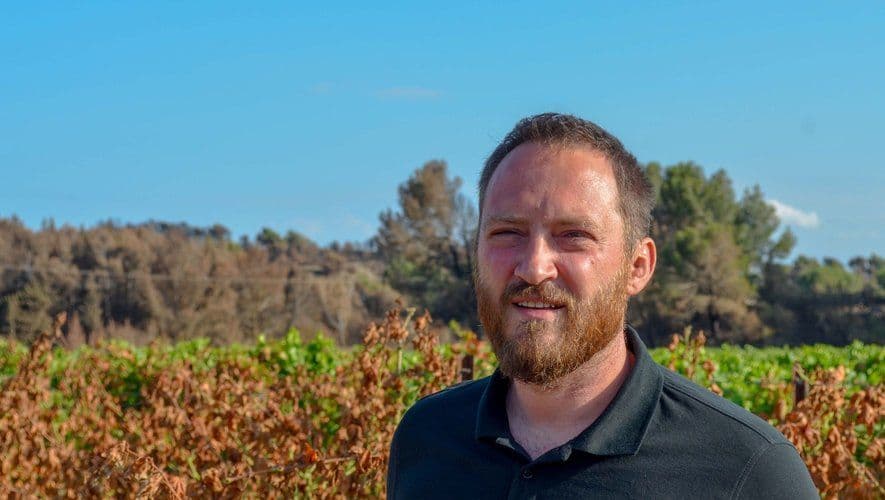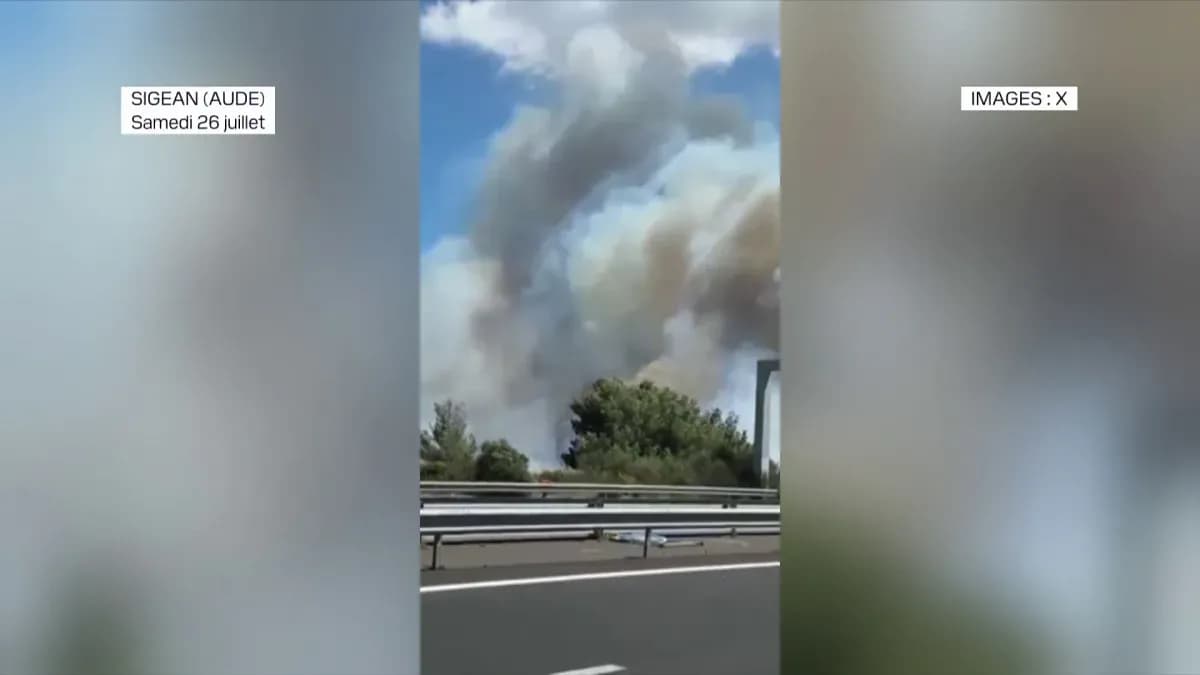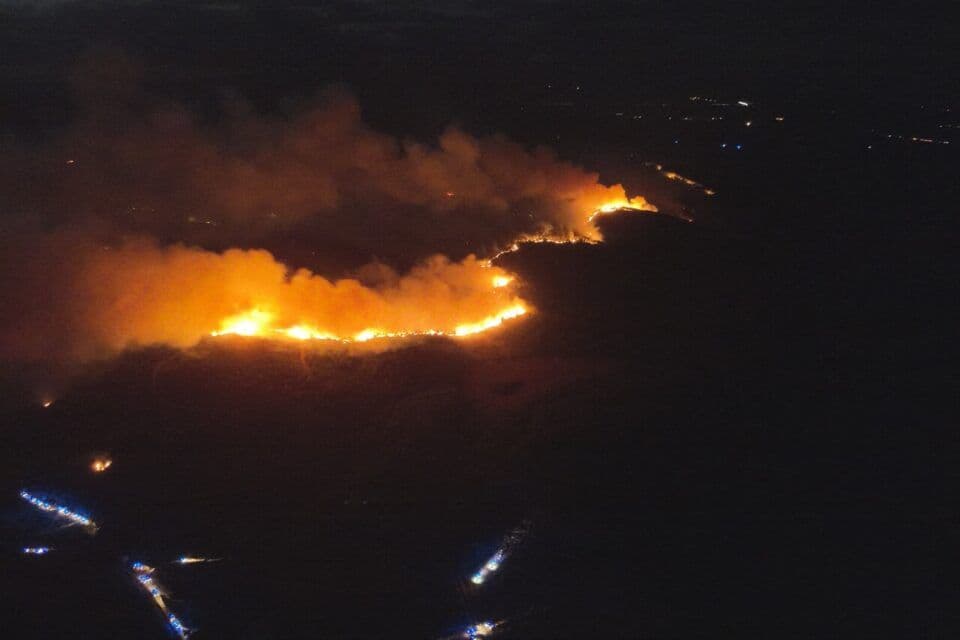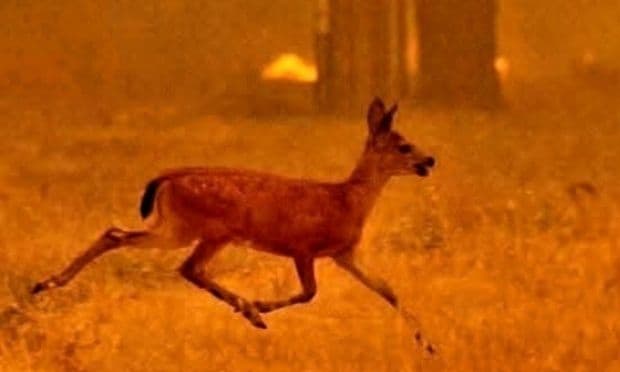A Nation Ablaze: Beyond the Red Alerts – The Enduring Human and Ecological Toll of France's Summer Fires
France's wildfires rage. Delve into the hidden human and ecological devastation, silent animal victims, and the inspiring resilience of communities rebuilding from the ashes.
The Immediate Landscape of Loss: Current Hotspots and Tragic Realities
France finds itself in the grip of another searing summer, with widespread wildfires leaving a trail of devastation across its landscapes. As of late July, the intensity of the crisis is palpable, with placing at least two departments on red alert for an "extremely high" fire risk, a stark warning of the volatile conditions. The human cost of these blazes is tragically immediate; in , for instance, a gîte fire claimed four lives, with one person still unaccounted for, underscoring the profound personal tragedies unfolding beyond the headlines. Across agricultural heartlands, the damage is immense. An farm recently battled an inferno threatening its buildings, while in the , a poultry farmer in witnessed his enclosures and facilities turn to ash, facing severe financial repercussions despite saving most of his livestock. The renowned in the Aude also suffered a heavy blow, with 70% of its olive groves decimated and crucial vineyard equipment, including grape bins and trailers, destroyed just as the critical harvest season approaches. The lingering taste of smoke, a potential spoiler for their wine, adds another layer of anxiety. While the Aude fire, which devoured 630 hectares, has been declared 'fixed,' the persistent winds continue to cast a shadow of concern, reminding everyone of the precarious balance between control and renewed disaster.
Silent Casualties: Nature's Wounds and the Unseen Animal Toll
Beyond the immediate human and economic devastation, the summer fires inflict a profound and often overlooked toll on France's delicate ecosystems and its myriad inhabitants. The sheer scale of the blazes, such as the 630 hectares consumed in the Aude, represents not just scorched earth but the destruction of vital habitats for countless species. The true ecological cost becomes starkly apparent when considering the silent casualties: the Narbonne fire alone reportedly led to the deaths of over 10 million animals and insects, a staggering figure that highlights the catastrophic impact on biodiversity. This isn't just about large mammals; it's about the intricate web of life, from microscopic organisms to essential pollinators, that sustains these environments. The harrowing loss of two horses burned alive at the Écuries de la Maza further personalizes this tragedy, while even for those animals that survive, like the poultry farmer's birds, the destruction of their enclosures and natural surroundings profoundly impacts their well-being and future. The long-term recovery for these natural spaces, and the wildlife they support, will be an arduous journey, demanding decades of restoration and a deeper understanding of the unseen wounds inflicted by these relentless fires.

The Long Road Back: Resilience Amidst the Ruins and Community Spirit
As the smoke begins to clear, the focus shifts from immediate crisis to the arduous path of recovery, a journey illuminated by remarkable human resilience and burgeoning community spirit. For Damien, the poultry farmer whose livelihood was severely impacted, the financial burden is immense, estimated in the tens of thousands of euros. Yet, in a heartwarming display of solidarity, a friend, a local restaurateur, swiftly launched an online crowdfunding campaign, which astonishingly raised over €13,000 in less than two days. This outpouring of public support offers a vital lifeline, demonstrating how communities rally around their own in times of dire need. Similarly, of Château Prat de Cest, despite facing the devastation of 70% of his olive trees and significant material losses, remains steadfast. His commitment to rebuilding is evident, acknowledging that while the moral toll is heavy, the encouragement from the public provides much-needed solace. This collective spirit, coupled with the tireless efforts of over 600 firefighters who remained mobilized in the Aude even after the blaze was contained, underscores a shared determination to not just survive, but to rebuild and thrive amidst the ruins.
Forecasting Fire: Climate, Risk, and the Path to Prevention
The recurring summer infernos are not merely isolated incidents but stark indicators of a profound challenge exacerbated by a changing climate. Météo-France's continued red alerts and the elevated fire risk across departments like the Aude underscore the new normal of extreme conditions. Even when fires are declared 'fixed,' the unpredictable nature of wind remains a critical concern, capable of reigniting embers and undoing weeks of containment efforts. This grim reality compels a deeper look at preventative strategies and our collective approach to managing wildfire risk. Insights from those on the front lines, like Guillaume Allien, a member of the Forest Fire Committee (CCFF), are invaluable. He emphasizes the crucial need for better winter maintenance of ditches, which, if neglected, become conduits for fire spread. While vineyards serve as effective firebreaks, their utility is diminished without proper upkeep of their borders. These observations highlight that prevention isn't just about firefighting technology; it’s about proactive land management, community engagement, and adapting our practices to a hotter, drier future. Investing in sustainable land stewardship and empowering local initiatives will be paramount in mitigating the escalating threat of wildfires and safeguarding France's landscapes for generations to come.
Related Articles

Beyond the Blaze: The Human and Ecological Toll of Europe's Escalating Wildfires

Beyond the Blaze: The Human and Ecological Toll of Europe's Escalating Wildfires

Sigean's Fiery Embrace: Unpacking a Region's Recurring Battle with Blazes

Sigean's Fiery Embrace: Unpacking a Region's Recurring Battle with Blazes

Aude's Living Shield: How Nature and Community Are Forging a New Era of Wildfire Resilience

Aude's Living Shield: How Nature and Community Are Forging a New Era of Wildfire Resilience

Aude's Ember Awakening: Charting the Path to Ecological Renewal Beyond the Blazes
